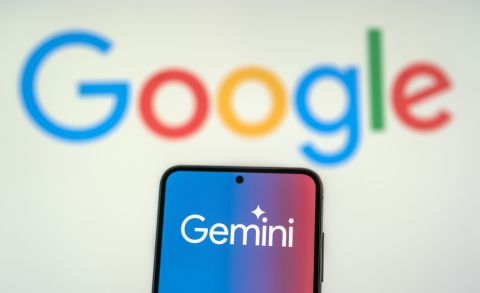ALBAWABA - Google has made a big step toward openness by releasing its first full technical report on how AI queries affect the environment. This report gives Google Gemini app users a look into the energy, water, and carbon costs of running their apps, which has never been done before.
The study is the most detailed information yet from a major tech company about how much energy AI uses in the real world. Experts are calling it a turning point for the industry.
A typical Gemini text prompt uses 0.24 watt-hours of energy, which is the same as running a microwave for one second or watching nine seconds of TV. Each question also releases 0.03 grams of carbon dioxide into the air and cools the data center with about 0.26 milliliters of water, which is about five drops.
But keep in mind that these estimates are just the middle values; the exact values can be very different based on how hard the task is. Complex queries, like summarizing several books, working with big datasets, or making videos, use a lot more power than simple text requests.
The study talks about how energy is used across Google's infrastructure and shows that its custom AI accelerators, called TPUs, use the most energy (58%) for their own use. Another 25 percent goes to supporting systems like CPUs and memory.
Ten percent goes to backup equipment, and the last eight percent is for data center overhead like cooling and power conversion. This breakdown shows that AI has an effect on the world that goes beyond the models themselves and includes servers, cooling systems, and other infrastructure that helps them work.
The report's most important finding is that the amount of energy used per question dropped by 33 times between May 2024 and May 2025. Google credits its Mixture-of-Experts method, which only uses the parts of an AI model that are needed for specific queries, for this progress.
This reduces the amount of work required on computers by up to 100 times. The company has also made smaller, more efficient Gemini versions, improved its data center's hardware, and made its custom TPUs work better with software.
Google has put a lot of money into renewable energy to lower its reported emissions, in addition to making hardware and software changes. The business has agreed to buy more than 22 gigawatts of clean energy from nuclear, solar, wind, and geothermal projects since 2010. Because of this, Google's emissions per unit of energy are now about one-third of what the average U.S. grid is.










